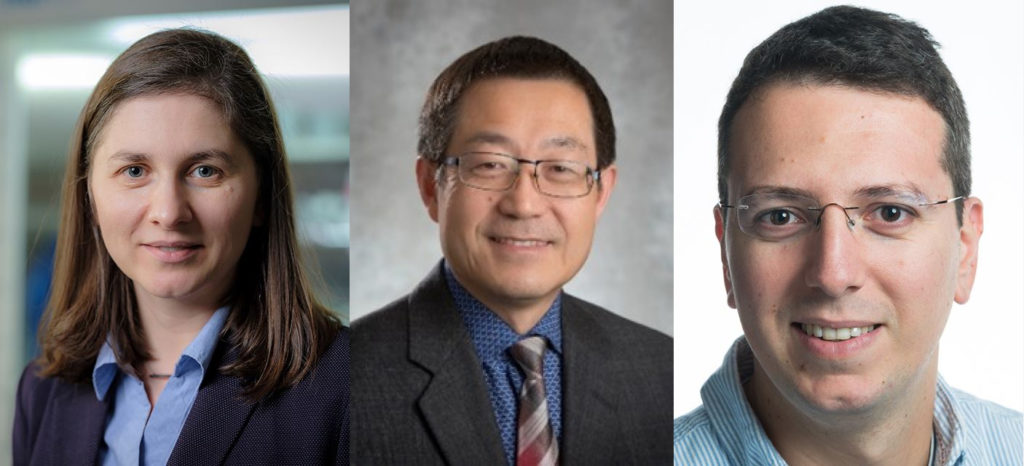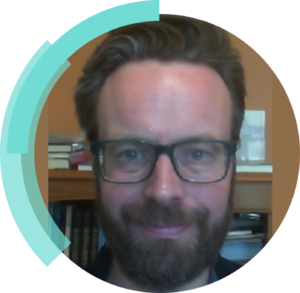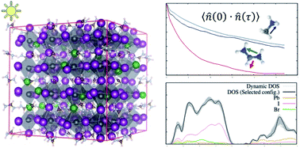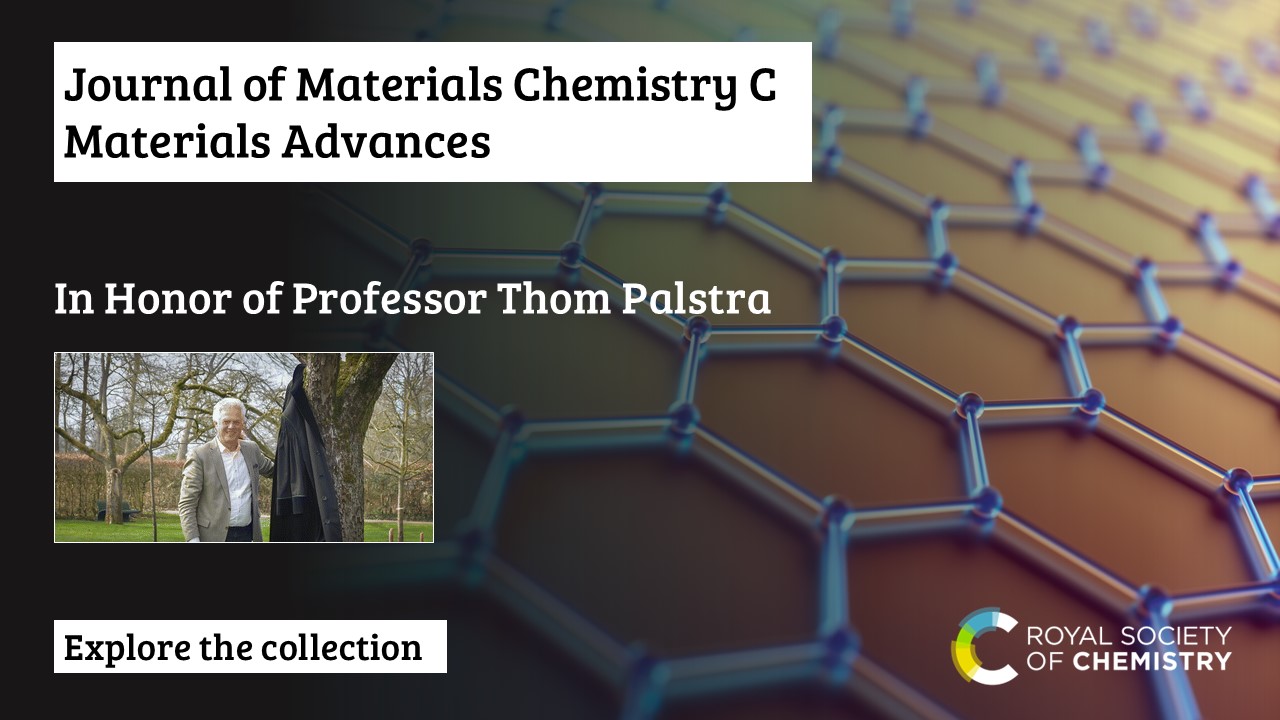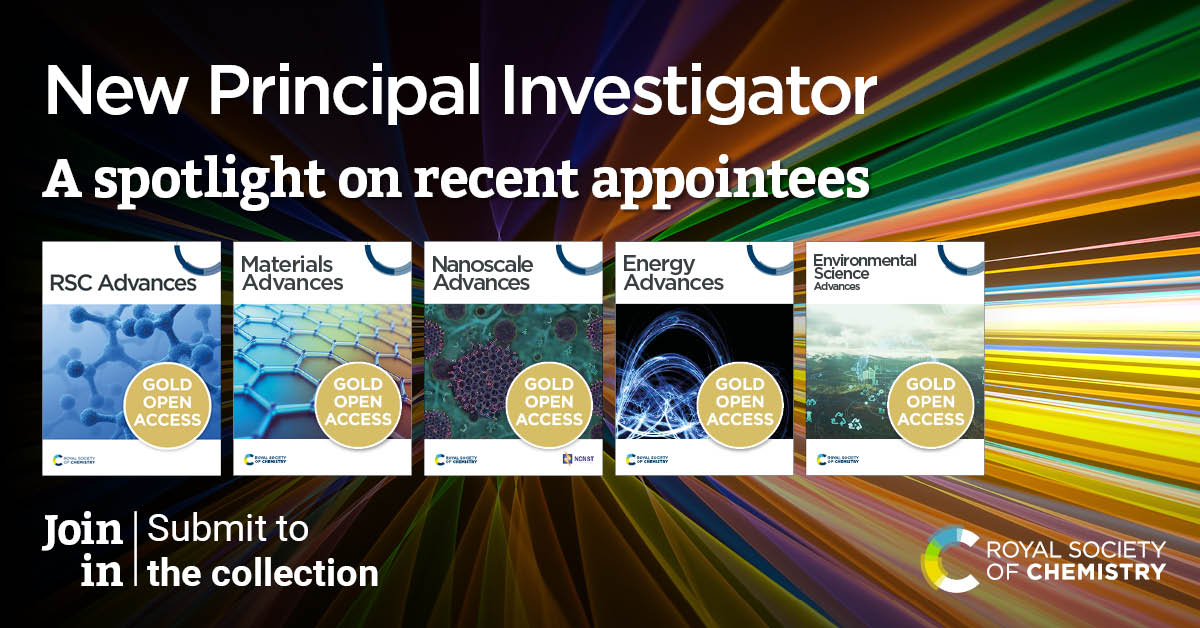We are delighted to announce this open call for papers to contribute to a themed collection for Journal of Materials Chemistry C on Transport in Organic and Hybrid Semiconductors, guest edited by Dr Oana Jurchescu (Wake Forest University, USA), Dr Yuning Li (University of Waterloo, Canada), and Dr Simone Fabiano (Linköping University, Sweden). For more details about the Open Call and how to submit, see this blog post.
Dr Oana Jurchescu (Wake Forest University, USA)
Oana D. Jurchescu is a Baker Professor of Physics at Wake Forest University (USA) and a fellow of the Royal Society of Chemistry. She received her PhD in 2006 from University of Groningen, the Netherlands, and was a postdoctoral researcher at the National Institute of Standards and Technology, USA. Her expertise is in charge transport in organic and organic/inorganic hybrid semiconductors, device physics and semiconductor processing. She has received numerous awards for her research and teaching, including the NSF CAREER Award, the NSF Special Creativity Award, and the Pegram Award from the American Physical Society.
Dr Yuning Li (University of Waterloo, Canada)
Dr. Yuning Li is a Professor in the Department of Chemical Engineering at the University of Waterloo and a member of the Waterloo Institute for Nanotechnology (WIN). He earned his bachelor’s and master’s degrees in polymer materials from Dalian University of Technology in China in 1985 and 1988, respectively, and completed his Ph.D. in materials science at the Japan Advanced Institute of Science and Technology (JAIST) in 1999.
Before joining the University of Waterloo in 2010, Dr. Li gained extensive research experience at institutions such as Simon Fraser University, the National Research Council of Canada (NRC), the Xerox Research Centre of Canada (XRCC), and the Institute of Materials Research and Engineering (IMRE) at the Agency for Science, Technology, and Research (A*STAR) in Singapore.
Since 1999, Dr. Li has focused on printed electronics, particularly organic light-emitting diodes, organic thin-film transistors, and organic photovoltaics. He has authored over 200 peer-reviewed journal articles, with an h-index of 64 and more than 18,000 citations. His innovative contributions have also led to 76 U.S. patents and the commercialization of multiple products.
Dr Simone Fabiano (Linköping University, Sweden)
Simone Fabiano is an associate professor and docent in Applied Physics at Linköping University, Sweden. He obtained his PhD in Chemistry from the University of Palermo in 2012. During his doctoral studies, he was a visiting scholar at the Zernike Institute for Advanced Materials of the University of Groningen, The Netherlands. He then held postdoctoral positions at both Linköping University (2012-2015) and Northwestern University (2016-2017) before returning to Linköping University to establish his research group. In 2020, he founded n-Ink AB, a spinout company that focuses on developing n-type organic conductive inks, where he serves as the Chief Scientific Officer. His group at Linköping University primarily focuses on developing organic dopant-free conductors and mixed ionic-electronic conductors for printed electronics and neuromorphic hardware applications. He has received several awards, including the Swedish Research Council Starting Grant in 2017 and Consolidator Grant in 2023. He is also a Wallenberg Academy Fellow.


